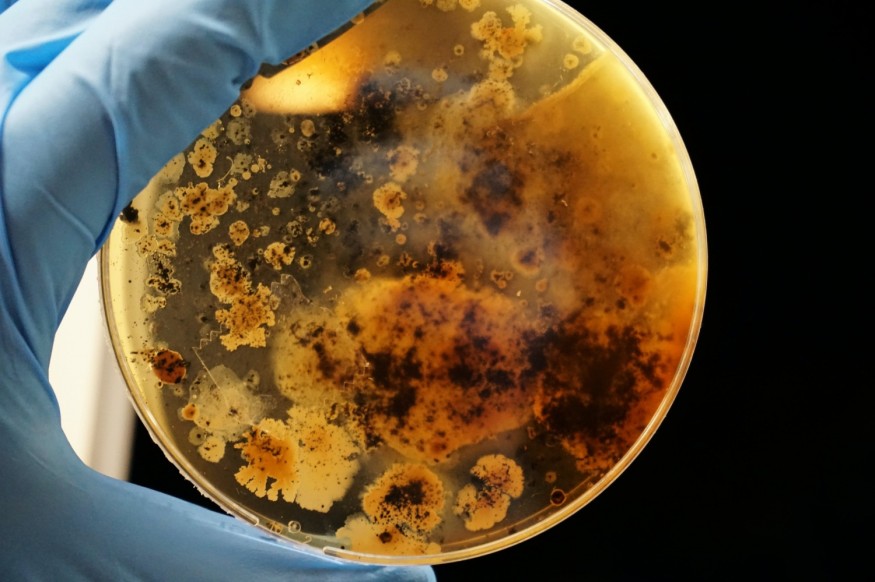As global warming worsens, the quantity and spread of the potentially deadly bacterial infection present along sections of the United States coast will increase.
Researchers warned that climate change may be driving a potentially lethal ocean-dwelling flesh-eating bacteria up the East Coast of the US, Science Daily reported. This adds to a long list of ways global warming endangers not only the environment but also human health and well-being.

Increasing Flesh-eating Bacteria Victims on the East Coast
Vibrio vulnificus bacteria, which thrive in warm shallow coastal waters, can infect a wound or bug bite when it comes into touch with seawater. A new study by the University of East Anglia (UEA) in the UK looked at the frequency of V. vulnificus infections along the East Coast of the US, and noted an increase of cases from 10 to 80 each year during a 30-year period.
Also, incidences are reported further north each year. Cases were discovered in the Gulf of Mexico and throughout the southern Atlantic coast in the late 1980s, but were uncommon north of Georgia. They are now found as far north as Philadelphia.
Researchers predict that by 2041-2060, illnesses will have spread to key population centers in and around New York. When combined with an aging population that is more vulnerable to illness, annual case counts might ramp up to more than twice their number today.
Moreover, they estimate that under medium-to-high projected emissions and warming scenarios, diseases might be present in every Eastern US state by 2081-2100.
The bacteria could spread quickly and severely harm the person's flesh during the summer when the sickness peaks. As a result, it is widely referred to as a "flesh-eating" bacteria, and many survivors have had limbs removed.
Raising Public Awareness
Lead author Elizabeth Archer said in a press release that the projected expansion of the bacterial infection highlights the need for increased public health awareness in infected areas. She added that greenhouse gas emission is changing the climate and impacting the world's coastlines that lead to more diseases.
Cases may extend only as far north as Connecticut if emissions are kept low. However, infections are predicted to occur in every US state on the East Coast by the end of the 21st century when it is high. By that time, flesh-eating bacteria cases might be up to 140 to 200 each year.
Professor Amy Sapkota from the University of Maryland School of Public Health, who was not part of the study, said that the findings should be used to raise awareness among the public and healthcare providers, especially in areas where infections might occur. Information such as when it is not advisable to avoid waters with open wounds would help prevent this infection.
Ivers noted that such research needs more investment to help understand the link between ecological disasters and human health. The study, titled "Climate Warming and Increasing Vibrio vulnificus Infections in North America," is published in Scientific Reports.
RELATED ARTICLE: Flesh-Eating Bacteria in Gulf Coastal Water May Cause Organ Failure
Check out more news and information on Medicine and Health in Science Times.











